The iPhone XS & XS Max Review: Unveiling the Silicon Secrets
by Andrei Frumusanu on October 5, 2018 8:00 AM EST- Posted in
- Mobile
- Apple
- Smartphones
- iPhone XS
- iPhone XS Max
Camera - Low Light Evaluation
In low-light scenarios, we should see the new iPhone XS showcase significant improvements thanks to the 50% better light capture ability of the new sensor. Apple’s still only employing a f/1.8 aperture lens on the XS - so while it will improve over past phones, at least on paper it’s still at a disadvantage to say Samsung’s latest phones, which have an extra-wide f/1.5 aperture available to them.
[ iPhone XS ] - [ iPhone X ] - [ iPhone 7 ] - [ iPhone 6S ]
[ Galaxy Note9 ] - [ Galaxy S9+ ] - [ Galaxy S8 ]
[ LG G7 ] - [ LG G6 ] - [ LG V30 ] - [ OnePlus 6 ]
[ Mi MIX2S ] - [ Pixel 2XL ] - [ P20 Pro ]
In this first shot, we immediately see the new iPhone’s advantage over last year’s flagship. There is a lot more definition in the grass, less noise throughout the image, and less blown out lights in the scene.
Unfortunately, Apple is as expected still at a great disadvantage to Samsung here, as the latter is just able to give more light onto the whole scene, and the most evident, more colour to the grass. In terms of raw low light capture, the Huawei P20 Pro is still far ahead here, thanks to its massive sensor that is able to collect significantly more light.
[ iPhone XS ] - [ iPhone X ] - [ iPhone 7 ] - [ iPhone 6S ]
[ Galaxy Note9 ] - [ Galaxy S9+ ] - [ Galaxy S8 ]
[ LG G7 ] - [ LG G6 ] - [ LG V30 ] - [ OnePlus 6 ]
[ Mi MIX2S ] - [ Pixel 2XL ] - [ P20 Pro ]
At first glance, the iPhone XS didn’t shoot a much brighter picture than the iPhone X in this construction scene. Opening up the full resolution images however shows that the new XS showcases much better details and lower noise. It’s not enough to compete with the S9+, and certainly not with the insane ISO25600 shot of the P20 Pro.
It’s interesting to see the improvements over the years from the iPhone 6S on – which barely manages to capture anything in this scene.
[ iPhone XS ] - [ iPhone X ] - [ iPhone 7 ] - [ iPhone 6S ]
[ Galaxy Note9 ] - [ Galaxy S9+ ] - [ Galaxy S8 ]
[ LG G7 ] - [ LG G6 ] - [ LG V30 ] - [ OnePlus 6 ]
[ Mi MIX2S ] - [ Pixel 2XL ] - [ P20 Pro ]
The next shot is probably the only one that I found to be really problematic for Apple. Both on the iPhone X and the new XS, the resulting images weren’t consistent in consecutive shots. In four shots in a row, the iPhone XS kept changing the colour temperature. The same thing happened on the iPhone X, so I think this was part of Apple’s exposure / colour balance algorithm.
Colour balance aside, the exposure is similar between the X and the XS, and all the improvements of the new sensor go directly into improved detail and noise reduction throughout the scene, which is significantly better again compared to last year’s iPhone.
Here Apple is very close to Samsung, showcasing a bit better shadows, but still losing out in details in some parts of the scene. The P20 Pro is yet again the low-light kind here, as it just have that much more dynamic range work with.
[ iPhone XS ] - [ iPhone X ] - [ iPhone 7 ] - [ iPhone 6S ]
[ Galaxy Note9 ] - [ Galaxy S9+ ] - [ Galaxy S8 ]
[ LG G7 ] - [ LG G6 ] - [ LG V30 ] - [ OnePlus 6 ]
[ Mi MIX2S ] - [ Pixel 2XL ] - [ P20 Pro ]
Again, the iPhone’s new sensor comes into play in these concrete trucks. The XS makes very good dealing of the blown highlights present in the iPhone X shot. Samsung is able to produce more vibrancy in the blue of the trucks. Huawei’s multi-exposure computational photography night mode is the best of all phones here as it’s just able to bring out that much more from the shadows.
[ iPhone XS ] - [ iPhone X ] - [ iPhone 7 ] - [ iPhone 6S ]
[ Galaxy Note9 ] - [ Galaxy S9+ ] - [ Galaxy S8 ]
[ LG G7 ] - [ LG G6 ] - [ LG V30 ] - [ OnePlus 6 ]
[ Mi MIX2S ] - [ Pixel 2XL ] - [ P20 Pro ]
Apple's use of SmartHDR in this picture is extremely evident, as it really brings down the highlights of the lamp and brings out more shadows throughout the scene. The XS provides better detail, but it’s not as big of a difference as we’ve seen in other shots.
Apple’s usage of HDR here puts it ahead of the Samsung devices, trading blows with the P20 Pro, winning in some regards, while losing in others.
[ iPhone XS ] - [ iPhone X ] - [ iPhone 7 ] - [ iPhone 6S ]
[ Galaxy Note9 ] - [ Galaxy S9+ ] - [ Galaxy S8 ]
[ LG G7 ] - [ LG G6 ] - [ LG V30 ] - [ OnePlus 6 ]
[ Mi MIX2S ] - [ Pixel 2XL ] - [ P20 Pro ]
Finally, I wanted to test the iPhone XS to its limits and see what it can do in essentially impossible scenarios of low light.
Exposure-wise, the iPhone XS is no better than the X here. It provides better sharpness and less noise, however the image is still too dark to be of any use. I wish Apple would introduce a more innovative low light shooting mode, such as LG’s pixel binning mode. Huawei’s ISO51200 capture of this scene is just so beyond any other current phone, that it really raised the bar in what we’d normally expect to see in a smartphone.
Low-light conclusion
The new iPhone XS sensor is a great improvement to Apple’s lineup. Its advantages over the iPhone X are clearly evident in every single low-light shot, showcasing greater detail and sharpness while reducing noise. SmartHDR doesn’t seem to be something that’s solely for daylight shots, as Apple and the iPhone XS seem to make use of it in some low-light scenarios, giving the camera a further advantage over last year’s phones.
While Apple has showcased some really good progress, it’s can still lag behind low-light image quality of Samsung and Huawei’s P20 Pro. The former’s bigger aperture is just a sheer hardware advantage, while the latter enormous sensor makes use of innovative image processing to really raise the bar in terms of extreme low light photography. Here the iPhone XS is good; but it just can’t keep up.


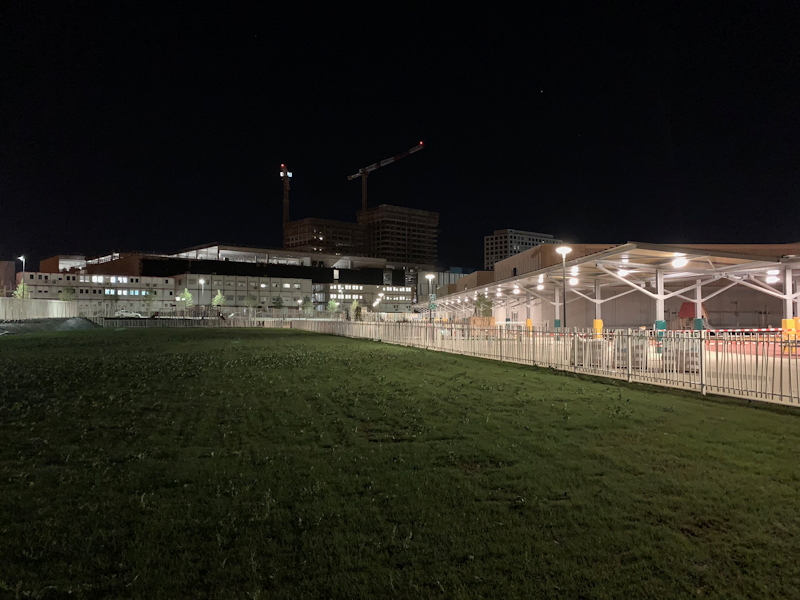
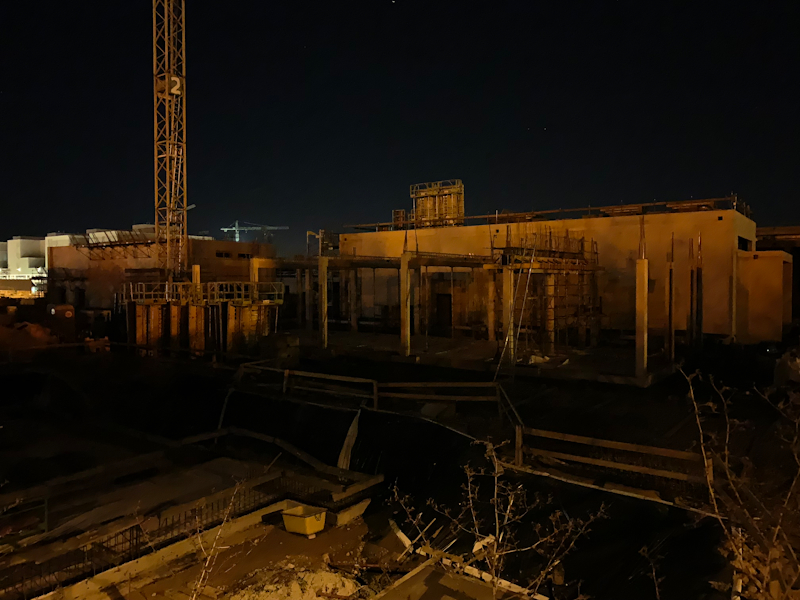
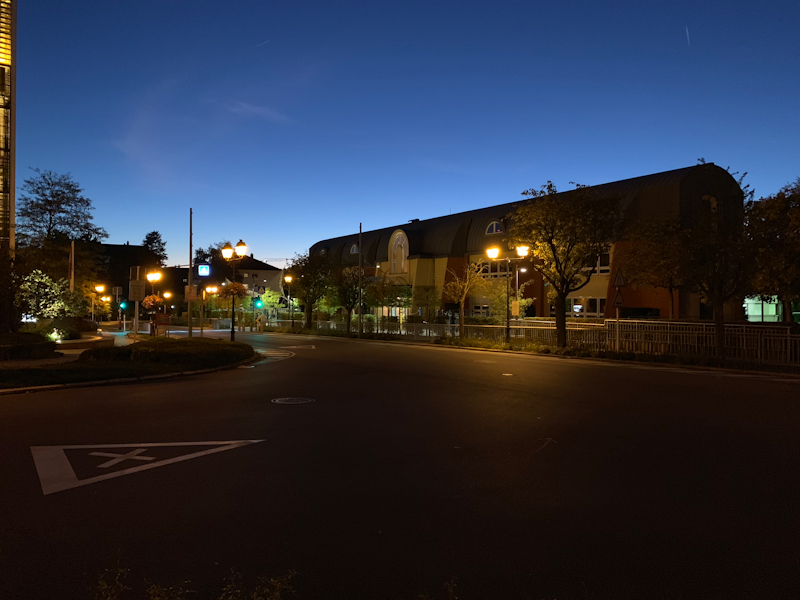
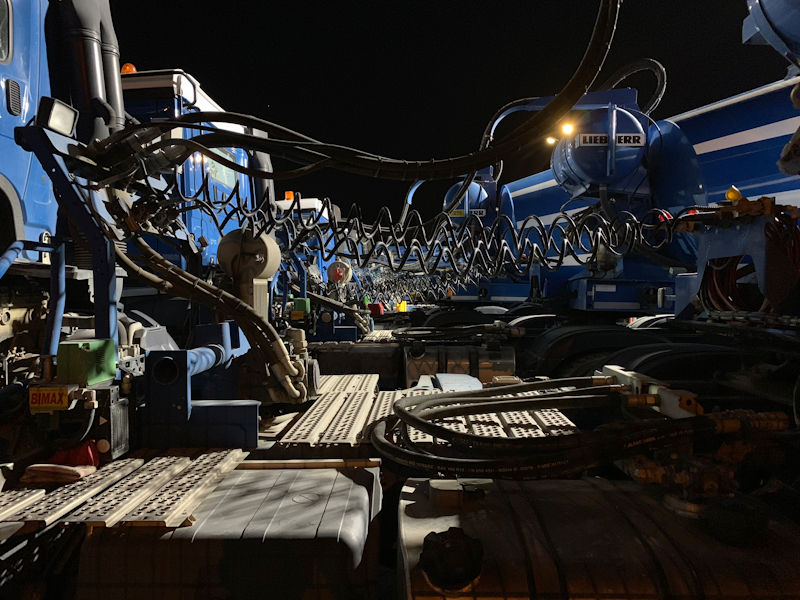
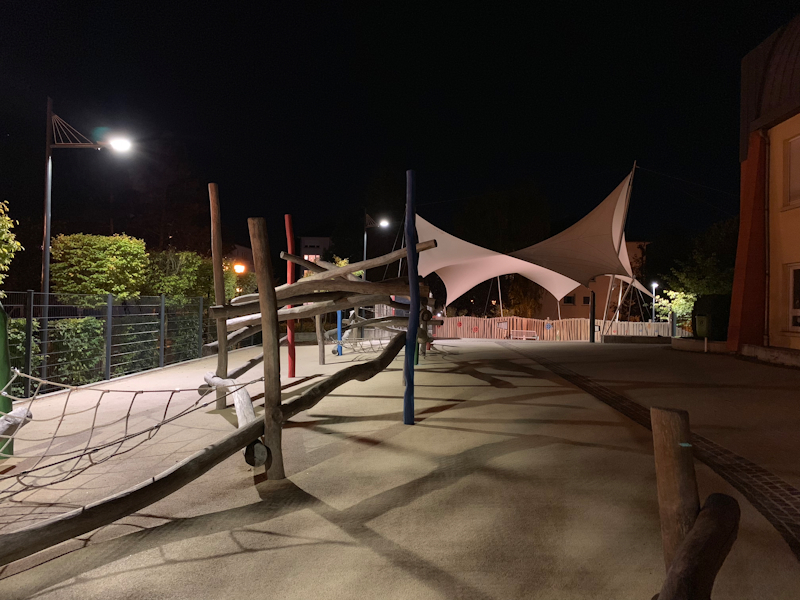
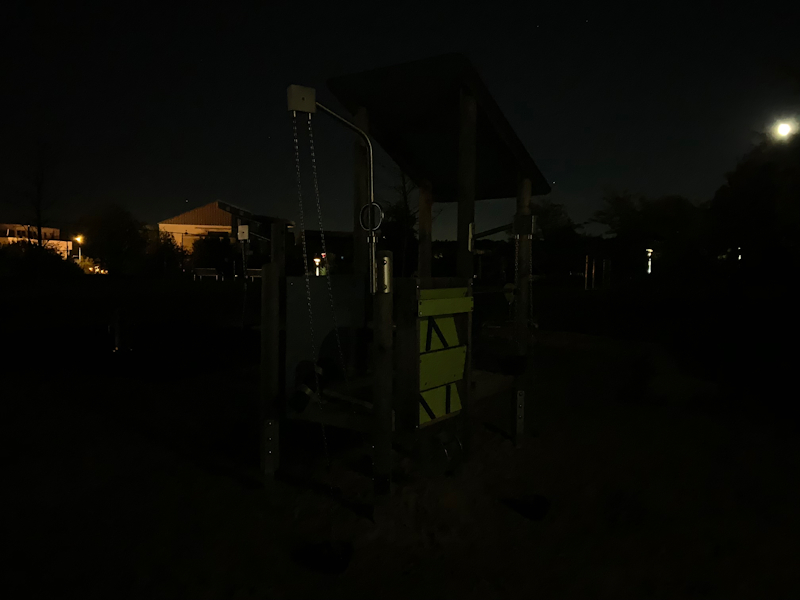








253 Comments
View All Comments
EnzoFX - Friday, October 5, 2018 - link
I switched. Long time nexus user and I feel Google letting the value orientated base behind. It took me saying screw it and paying more for sure, but it has been worth it. Hardware I found lacking and software too since they went t Pixel. Sure on paper it sounded great or fine, but issue after issue would creep up. I never had that many problems with iOS but I feel it's mature enough coming from someone that likes to change settings. The X sold it for me too hardware wise. It was where I saw things going years ago and glad that it's here. (waiting on the Max now however, as I want the real estate!)RSAUser - Saturday, October 6, 2018 - link
Android just doesn't have direct CPU optimization for latency with scrolling.That said, look at phones with Android 8+, that "issue" is pretty much fixed.
For me, most past iOS7 is not really smooth scroll anymore, was one of the first things I noticed back then. There were dropped frames. You'd probably blame hardware though as it was sorted when upgrading to an iPad Air later. Still not a fan of a lot of the UI changes in 11 tbh
tipoo - Thursday, October 18, 2018 - link
I complained about frame drops from iOS7-11, often to crowds of people who would just deny it and say I was seeing things, but Apple addressed it in a WWDC talk and it's much much better in iOS12.I can still notice a frame drop here and there if I'm being picky, but it's vastly improved, I'm guessing 1 frame drop to every 10 on iOS11.
tipoo - Thursday, October 18, 2018 - link
Since the Pixel 1 it felt pretty well as tight as my iPhone on keeping up with my finger imo (though 120hz touch sensing iPhones may have pulled ahead again).id4andrei - Friday, October 5, 2018 - link
So the A12 is basically a Skylake. Also on Anandtech I read that the first ipad pro was almost a Broadwell(like on the 12" MB). Makes sense. A-series powered macbooks surely are in the future.Color management system is again what puts ios above android. Samsung tries with color profiles but it's not a solution. Google fails its ecosystem yet again. Also OpenCL is a mess, no wonder Apple dropped it. It's unreasonable for you to expect Google to throw its weight around it.
The only thing better than A12 is this review. Absolutely SMASHING review Andrei! Your SoC analysis in particular, off the charts awesome; way more descriptive than lowly Geekbench.
tipoo - Thursday, October 18, 2018 - link
Problem then is Google just has no good GPGPU toolchain if they don't get behind OpenCL. What else is there?They did try Renderscript to limited uptake.
tecsi - Friday, October 5, 2018 - link
Andrei,Great work, and a welcome surprise to see these thorough AnandTech reviews return.
I found the photo and video discussions particularly informative and compelling.
Thanks so much for all your hard work and detailed analysis.
Barry
tecsi - Friday, October 5, 2018 - link
Andrei, could you expand on a few camera issues:- Is it correct that the wider video color range is ONLY at 30fps? Why would this be?
- I have always videoed at 60fps, finding 30fps very noticeable with much movement. If this is correct, it seems like this 30fps color improvement only works in a limited number of situations, with very little movement
- Given the A12 performance, why can’t Apple have 480fps or 960fps SloMo like Samsung?
- Finally, with the Neural Engine, will Apple potentially be able to improve the camera system by re-programming this?
Thanks, Barry
Andrei Frumusanu - Friday, October 5, 2018 - link
> - Is it correct that the wider video color range is ONLY at 30fps?Probably the sensor only works at a certain speed and the HDR works by processing multiple frames. Btw, it's wider dynamic range, not colour range.
> Given the A12 performance, why can’t Apple have 480fps or 960fps SloMo like Samsung?
Likely the sensor might be missing dedicated on-module DRAM - which seems to be a requirement for those high framerates.
> - Finally, with the Neural Engine, will Apple potentially be able to improve the camera system by re-programming this?
They can improve the camera characteristics (choice of exposure, ISO, etc) but I find it unlikely they'll get into things that actively improve image quality - that's something next-gen.
s.yu - Monday, October 8, 2018 - link
The on-module DRAM reduces SNR, AFAIK.